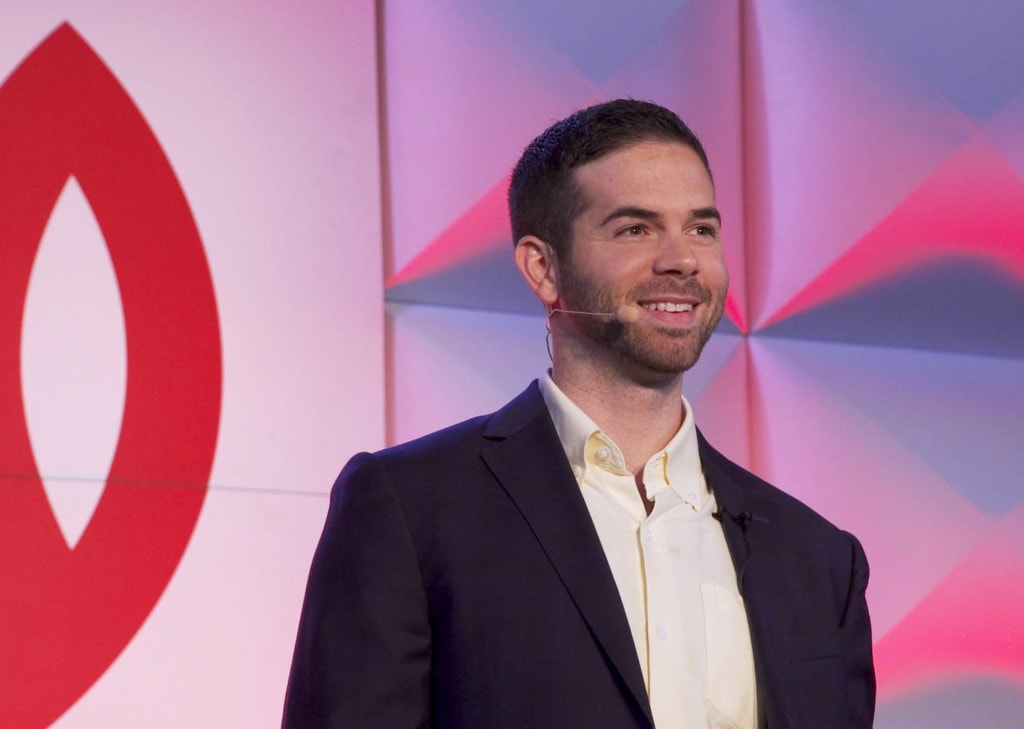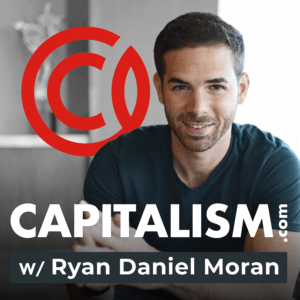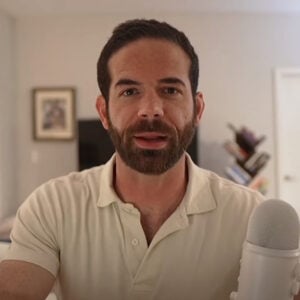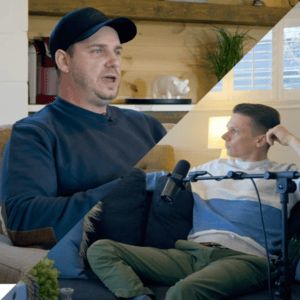Today’s episode is an off the cuff talk Ryan gave as Erzra Firestone hosted at Digital Marketer for their War Room Intensives.
Ever want higher level information? This was for a room full of already established business owners so expect it!
Advanced Marketing: How Real Entrepreneurs Build Long-Term Assets
“Nobody wants to buy your crappy business.”
That’s what Ryan Moran told his friend, Matt, during a business workshop in his home.
Sounds harsh? Yes. Did his friend need to hear it? Absolutely.
Here’s why:
Solopreneur Matt was operating a business that generated nearly $200,000 per year. It sounds impressive but Matt was also working 70+ hour work weeks. He was burning out and wanted to sell his business to pursue other projects.
But who wants to buy a business that works them to the bone everyday? Nobody.
Matt made a mistake: he wasn’t building assets.
Going into business with the wrong mindset.
Matt mistakenly believed that somebody wanted to buy his cashflow and profit.
But here’s the reality: smart business minds don’t buy cashflow. They buy assets.
Assets that generate revenue but also complement:
- Their other businesses
- Their time
- Their health.
So which assets do you need to build?
Let’s consult the wisdom of author and business leader Peter Drucker. He lists two essential functions of business:
- Get customers
- Keep customers
Without customers, you don’t have a business.
Building assets starts with building your email list and social media following.
Think about it. If you build a 10,000 person following that means you have 10,000 people to market your product to.
But getting customers was only half of Peter Drucker’s equation. You also need to keep your customers.
And here’s where entrepreneurs run into trouble: They focus on conversion optimization over customer experience.
Put your customer front and center.
When we focus on the short-term, we develop tunnel vision. We focus on profit margins and increasing sales. We pour more efforts into marketing tactics than solving problems.
And this is hurting your business.
Marketing strategies are important but never when it compromises your brand’s integrity.
Customer trust is one of the greatest long-term assets you can acquire.
Native Deodorant: A company that understood the customer experience.
What’s the first step to addressing your customers’ needs? Understanding your customers’ desires and paint points.
When building his new deodorant brand, Moiz Ali knew his target customer wanted more products that were:
- Cruelty-free
- Made with safe ingredients
- Founded in the USA
After creating a deodorant that encompassed these points, he was ready to grow his business. Over a 12 month period, Moiz aggressively marketed his product. And people loved it.
Procter & Gamble noticed the brand’s wild success and bought Native Deodorants for $100 million. Moiz succeeded in building and selling a profitable business because of his:
- Niche but loyal customer base
- Unique branding that added value in a competitive marketplace
Remember: cash flow is not the end game. Long-term assets are the goal.
Tightening your brand
People follow brands they resonate with. When customers choose your product, it’s because:
- Your product is exactly what they need and want
- They believe in your brand’s story
That’s how Peter Rahar grew the RxBar into a wildly popular brand.
Honestly, the market didn’t need another protein bar. But Peter Rahar knew a small group of athletes to target: crossfitters.
After studying crossfitters' desires and pain points, he learned that crossfitters:
- Tended to follow a paleo diet
- Eat “clean”
- Wanted to know the ingredients in their food
Peter packaged all these points into the RxBar and a promise: what we say in our bar is in our bar. And it worked.
RxBar achieved a “moat” on their business. This means that people will defend their decision to buy a certain product despite another product being cheaper or better.
That’s when you know your branding is on point.
Building assets as the business mastermind
You don’t need to know the gears and cogs of every position in your business.
As the business mastermind, you need to look at the macro.
In an interview, Brian Lee explains this is how he built Legal Zoom, Shoe Dazzle, and The Honest Company. He has a remarkable talent for arranging different pieces to form a cohesive whole.
He knows who will raise the funds. Who will manage daily operations. Who will represent the company.
As an entrepreneur, your job is to bring together assets that will position your brand for success.
The future of your business
Can you see it?
A business that you’ve built from the ground up. Profitable. Scalable. Seamless.
We’ve talked about many long-term assets that will help you achieve that:
- a loyal audience
- A killer brand
- The right mindset
The next long-term asset is investing in your education.
That means learning everything you need about a profitable business. If you’re ready to receive lessons on building a million dollar brand, then join The One Percent.





